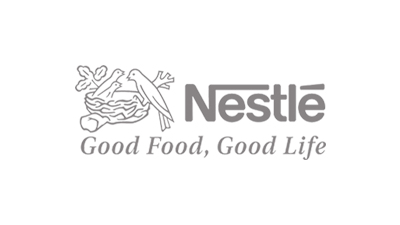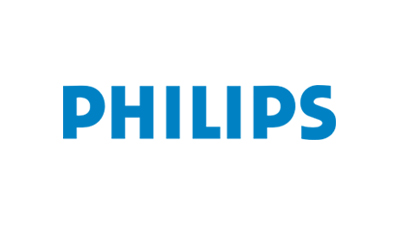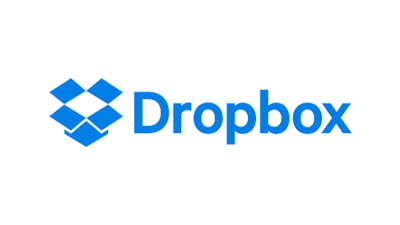The Feed Phytogenics market revenue was xx.xx Million USD in 2013, grew to xx.xx Million USD in 2017, and will reach xx.xx Million USD in 2023, with a CAGR of x.x% during 2018-2023. Based on the Feed Phytogenics industrial chain, this report mainly elaborate the definition, types, applications and major players of Feed Phytogenics market in details. Deep analysis about market status (2013-2018), enterprise competition pattern, advantages and disadvantages of enterprise Products, industry development trends (2018-2023), regional industrial layout characteristics and macroeconomic policies, industrial policy has also be included. From raw materials to downstream buyers of this industry will be analyzed scientifically, the feature of product circulation and sales channel will be presented as well. In a word, this report will help you to establish a panorama of industrial development and characteristics of the Feed Phytogenics market. The Feed Phytogenics market can be split based on product types, major applications, and important regions. Major Players in Feed Phytogenics market are: E. I. Du Pont De Nemours and Company Phytosynthese Dostofarm GmbH Delacon Biotechnik GmbH Pancosma SA Biomin Holding GmbH Phytobiotics Futterzusatzstoffe GmbH A&A Pharmachem Inc. Kemin Industries, Inc. Cargill, Incorporated Major Regions play vital role in Feed Phytogenics market are: North America Europe China Japan Middle East & Africa India South America Others Most important types of Feed Phytogenics products covered in this report are: Essential oils Overview and Price Herbs & spices Oleoresins Most widely used downstream fields of Feed Phytogenics market covered in this report are: Swine Ruminants Poultry Equine Aquatics There are 13 Chapters to thoroughly display the Feed Phytogenics market. This report included the analysis of market overview, market characteristics, industry chain, competition landscape, historical and future data by types, applications and regions. Chapter 1: Feed Phytogenics Market Overview, Product Overview, Market Segmentation, Market Overview of Regions, Market Dynamics, Limitations, Opportunities and Industry News and Policies. Chapter 2: Feed Phytogenics Industry Chain Analysis, Upstream Raw Material Suppliers, Major Players, Production Process Analysis, Cost Analysis, Market Channels and Major Downstream Buyers. Chapter 3: Value Analysis, Production, Growth Rate and Price Analysis by Type of Feed Phytogenics. Chapter 4: Downstream Characteristics, Consumption and Market Share by Application of Feed Phytogenics. Chapter 5: Production Volume, Price, Gross Margin, and Revenue ($) of Feed Phytogenics by Regions (2013-2018). Chapter 6: Feed Phytogenics Production, Consumption, Export and Import by Regions (2013-2018). Chapter 7: Feed Phytogenics Market Status and SWOT Analysis by Regions. Chapter 8: Competitive Landscape, Product Introduction, Company Profiles, Market Distribution Status by Players of Feed Phytogenics. Chapter 9: Feed Phytogenics Market Analysis and Forecast by Type and Application (2018-2023). Chapter 10: Market Analysis and Forecast by Regions (2018-2023). Chapter 11: Industry Characteristics, Key Factors, New Entrants SWOT Analysis, Investment Feasibility Analysis. Chapter 12: Market Conclusion of the Whole Report. Chapter 13: Appendix Such as Methodology and Data Resources of This Research.
Global Feed Phytogenics Industry Market Research Report 1 Feed Phytogenics Introduction and Market Overview 1.1 Objectives of the Study 1.2 Definition of Feed Phytogenics 1.3 Feed Phytogenics Market Scope and Market Size Estimation 1.3.1 Market Concentration Ratio and Market Maturity Analysis 1.3.2 Global Feed Phytogenics Value ($) and Growth Rate from 2013-2023 1.4 Market Segmentation 1.4.1 Types









